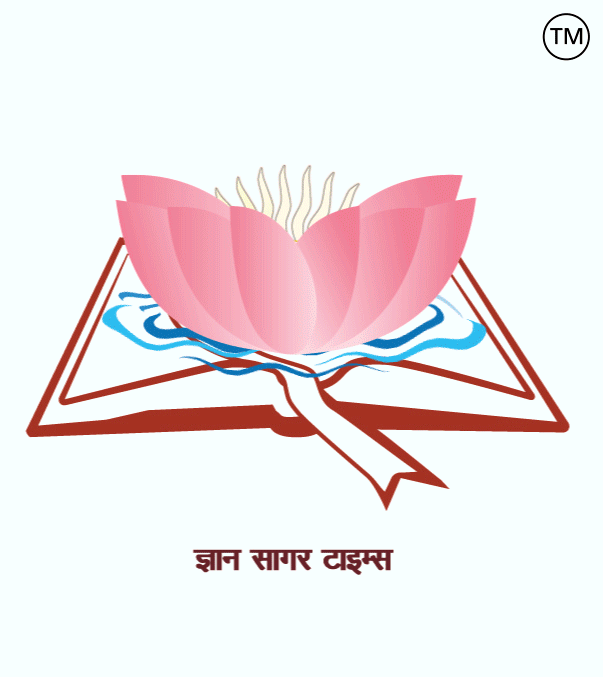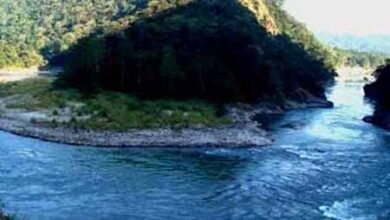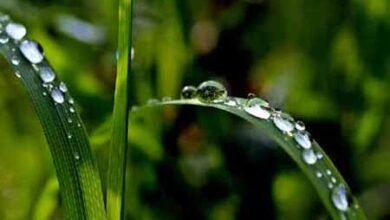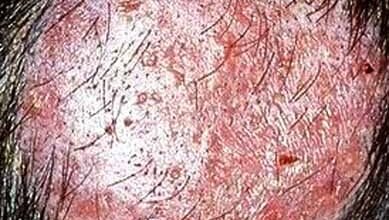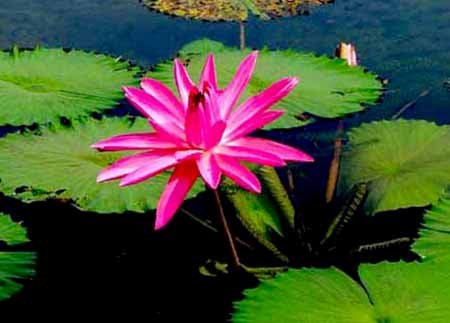
Related to botany – 196.
|
1. From where is quinine obtained? = From the bark of the cinchona tree. 2. What type of plant is is a Hydrophyte? = Aquatic Plants. 3. Which is the crop that enriches the soil with nitrogen? = Peas, beans and soybean crops. 4. How is onion cultivation done? = By transplanting. 5. The maximum damage to a tree is caused by the destruction of what? = Bark . 6. In the photosynthesis process, carbohydrates are formed in the presence of what? = Water, carbon dioxide, light and chloroplast. 7. Name the monocotyledonous fruit? = Banana, coconut, and date palm. 8. Whose fruit is a drupe? = Mango, coconut, cherry, peach, plum, and apricot. 9. Adding phosphorus helps in the growth of what? = Growth of roots, flowers and fruits 10. What is the force of attraction of cell walls for water molecules called? = Adhesion. 11. What is found in chloroplasts? = Chlorophyll and carotenoid pigments are found. 12. In which plant is ‘respiratory root’ or pneumatophore found? = Mangrove. 13. What is sandalwood generally considered to be? = Fragrant wood. 14. Pollination in sugarcane and wheat takes place through what? = Through the wind. 15. Which is a false fruit? = Apple. 16. Which plant did Mendel choose for genetics experiments? = Pea plant (Pisum sativum). 17. What is called the theory of natural selection? = Charles Darwin. 18. After fertilization, what does the ovary turn into? = Fruit. 19. Golden Rice variety contains the highest amount of? = Beta-carotene is the highest in the variety enriched with Vitamin A. 20. Which part is absent in gymnosperms? = Ovary and fruits are absent. 21. What type of plant is Aakashbel or Amarlata, or Dodder? = It is a parasitic plant. 22. Plants that grow in saline water are called? = Halophytes. 23. Seedless vascular plants are included in which category? = Pteridophytes. 24. The photosynthetic form of lichen is usually? = Green algae and blue algae (BGA). 25. The male reproductive organ of a flower is called? = Stamen or Androecium. 26. The female reproductive organ of a flower is called? = Pistil or Gynoecium. 27. The body of plants of class Pteridophyta is divided into? = roots, stems and leaves. 28. What is fertilization? = The union of a male gamete with an ovum. 29. Which is the most important part of a plant from the viewpoint of its life cycle? = Flower. 30. The red colour of the Red Sea is due to the presence of? = Cyanobacteria, Trichodesmium erythraeum.
Dr. (Pro.) Amrendra Kumar. ========== ========= =========== वनस्पति विज्ञान से संबंधित-196.
1. कुनैन किस्से प्राप्त होती है? = सिनकोना पौधे के तने की छाल से. 2. हाइड्रोफाइट किस प्रकार का पौधा है? = जलीय पौधे. 3. मृदा को नाइट्रोजन से भरपूर करने वाली फसल कौन सी है? = मटर, सेम, और सोयाबीन की फसल. 4. प्याज की खेती कैसे की जाती है? = प्रतिरोपण करके. 5. किसी वृक्ष को अधिकतम हानि किसके नाश करके पहुँचती है? = छाल. 6. प्रकाश संश्लेषण प्रक्रिया में किसकी उपस्थिति में कार्बोहाइड्रेट का निर्माण होता है? = जल, कार्बनडाइआक्साइड, प्रकाश तथा क्लोरोप्लास्ट. 7. एकबीजपत्री फल का नाम बताएं? = केला, नारियल, और खजूर. 8. किसका फल ड्रूप होता है? = आम, नारियल, चेरी, आड़ू, आलूबुखारा, और खुबानी. 9. फॉस्फोरस डालने से किसके विकास मे सहायता मिलती है? = जड़ों, फूलों और फलों के विकास में. 10. जल के अणुओं के लिए कोशिका भित्तियों का आकर्षण बल को क्या कहते हैं? = आसंजन (Adhesion). 11. हरित लवक में क्या पाया जाता है? = पर्णहरित (क्लोरोफिल) और कैरोटीनॉयड वर्णक पाए जाते हैं. 12. ‘श्वसन मूल’ या न्येमेटोफोर किस पौधे में पायी जाती है? = मैंग्रोव. 13. चन्दन को सामान्यतः क्या माना जाता है? = सुगंधित लकड़ी. 14. गन्ना और गेहूँ में किसके द्वारा परागण होता है? = हवा के माध्यम से. 15. कौन-सा एक कूट फल है? = सेब. 16. आनुवंशिकी सम्बंधी प्रयोग के लिए मेंडल ने किस पौधे का चुनाव किया था? = मटर के पौधे (पिसम सैटिवम) का. 17. प्रकृति-वरण का सिद्धांत किसे कहा जाता है? = चार्ल्स डार्विन. 18. निषेचन के बाद अण्डाशय किस में बदल जाता है? = फल में. 19. गोल्डन राईस की किस्म में सर्वाधिक मात्रा में पाया जाता है? = जिससे यह विटामिन ए समृद्ध हो जाता है. 20. अनावृतबीजी में कौन सा भाग अनुपस्थित होता है? = अंडाशय तथा फल. 21. आकाशबेल कैसा पौधा है? = परजीवी पौधा है. 22. लवणीय जल में उगने वाले पौधों को? = लवणोद्भिद या हैलोफाइट. 23. किसके अंतर्गत बीजरहित संवहनीय पादप सम्मलित होते हैं? = टेरिडोफाइटा (Pteridophytes). 24. एक शैक (लाईकेन) का प्रकाशसंश्लेषी प्राय: होता है? = हरा शैवाल तथा नील हरित शैवाल (BGA). 25. पुष्प के नर जननांग को कहा जाता है? = पुंकेसर (Stamen) / पुमंग (Androecium). 26. पुष्प के मादा जननांग को कहा जाता है? = स्त्रीकेसर (Pistil) या जायांग (Gynoecium). 27. टेरिडोफाइटा वर्ग के पौधे का शरीर किस्में विभाजित होते हैं? = जड़ों, तनों और पत्तियों में विभाजित होता है. 28. निषेचन क्रिया क्या है? = एक नर युग्मक का अण्डाणु से संयोजन. 29. जीवन चक्र की दृष्टि से पौधे का सबसे महत्त्वपूर्ण अंग कौन-सा है? = पुष्प. 30. लाल सागर का लाल रंग किसकी उपस्थिति के कारण होता है? = सायनोबैक्टीरिया, ट्राइकोडेसमियम एरिथ्रियम की उपस्थिति के कारण होता है.
डॉ. ( प्रो. ) अमरेंद्र कुमार.
|

